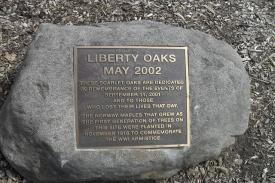History of Stuyvesant Town: Part II

Within one year of the opening of Stuyvesant town to residents, the tenants started the “Town and Village Tenants Committee to End Discrimination in Stuyvesant Town.” A survey taken by the committee revealed that a majority of the 25,000 residents were opposed to Met Life’s policy. Dr. Lee Lorch, one of the leaders of the opposition to segregation, said that “It turned out that two-thirds were against MetLife’s exclusionary policy” of discrimination.
When the Supreme Court of the State of New York ruled in favor of Met Life, a new tactic by the Committee was undertaken. One of the residents offered his apartment to the family of a friend a black family who had been living in Harlem in poor conditions. Not wishing to make a fuss over the issue and risk a confrontation with committee members who were sleeping in the apartment with the black family to assure they would not be evicted without a fight, Met Life did not do anything.
Eventually the black family, the Hendrixes, moved into Lee Lorch’s apartment. Dr. Lorch did not receive tenure at City College so he left the city to work at Penn State, where he also eventually lost his job due to his involvement in the fight against segregation in Stuyvesant Town.
Dr. Lorch was told by a college official that his decision to let a black family live in his apartment in Stuyvesant Town was “extreme, illegal and immoral and damaging to the public relations of the college.”
Eventually Dr. Lorch was evicted from his apartment in Stuyvesant Town, and was forced to leave his last position as math instructor at Philander Smith College in Little Rock, Arkansas when he refused to answer questions before the House Committee on Un-American Activities. Dr. Lorch found a job in Canada, where he has lived ever since. Does Dr. Lorch regret his past activities? Not at all.
“I would have paid a higher price living with my conscience if I hadn’t done it” he said.
